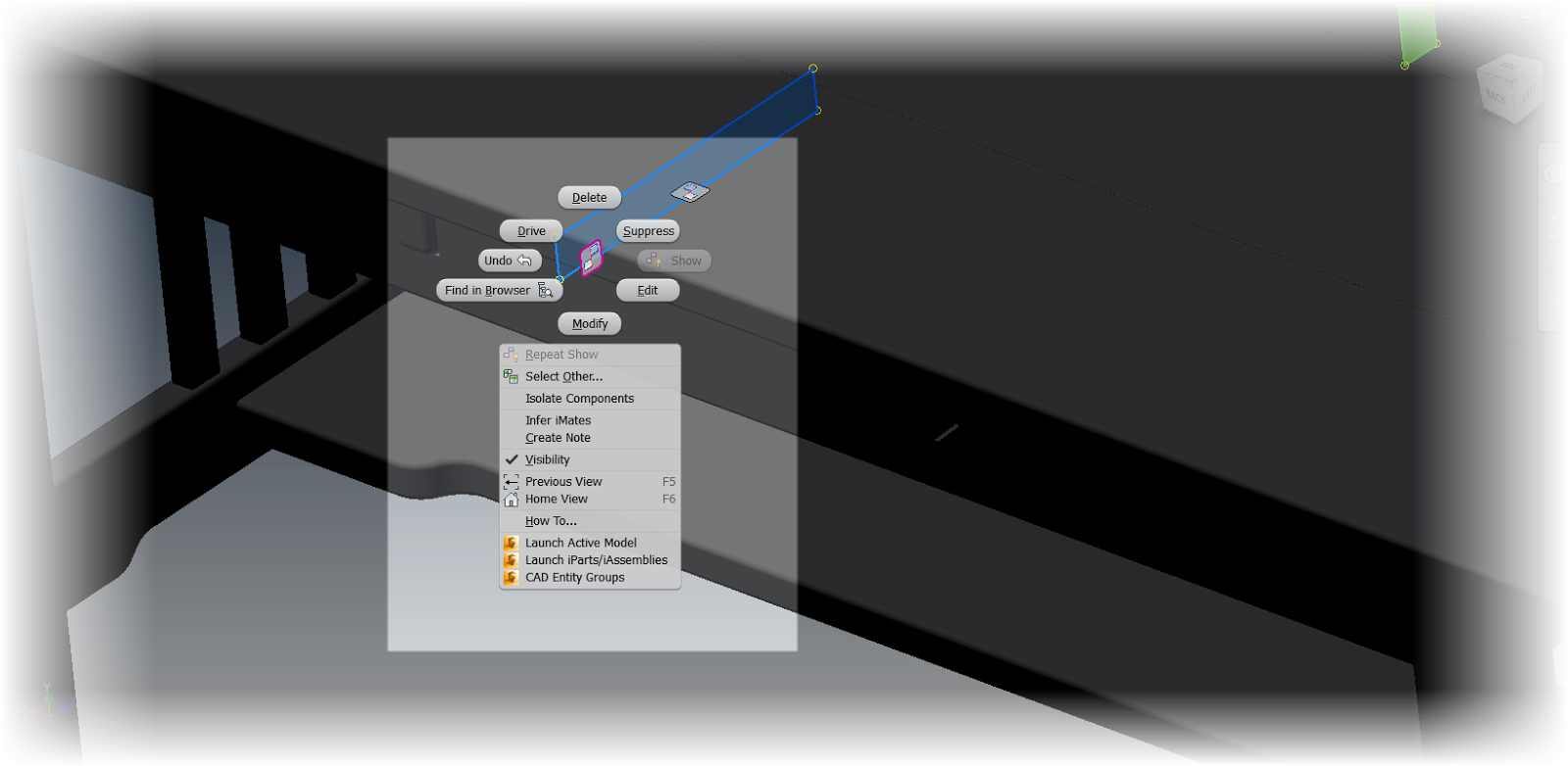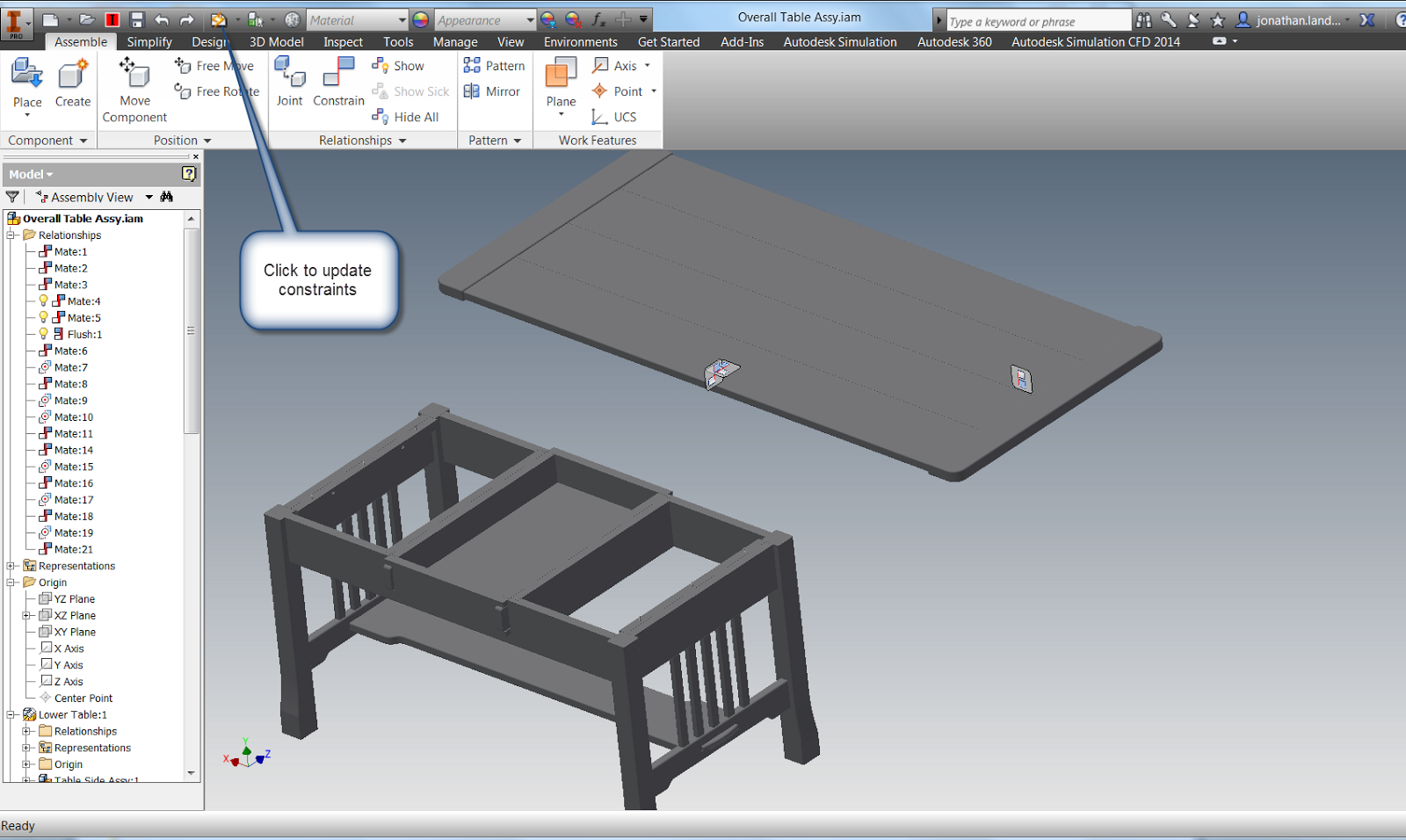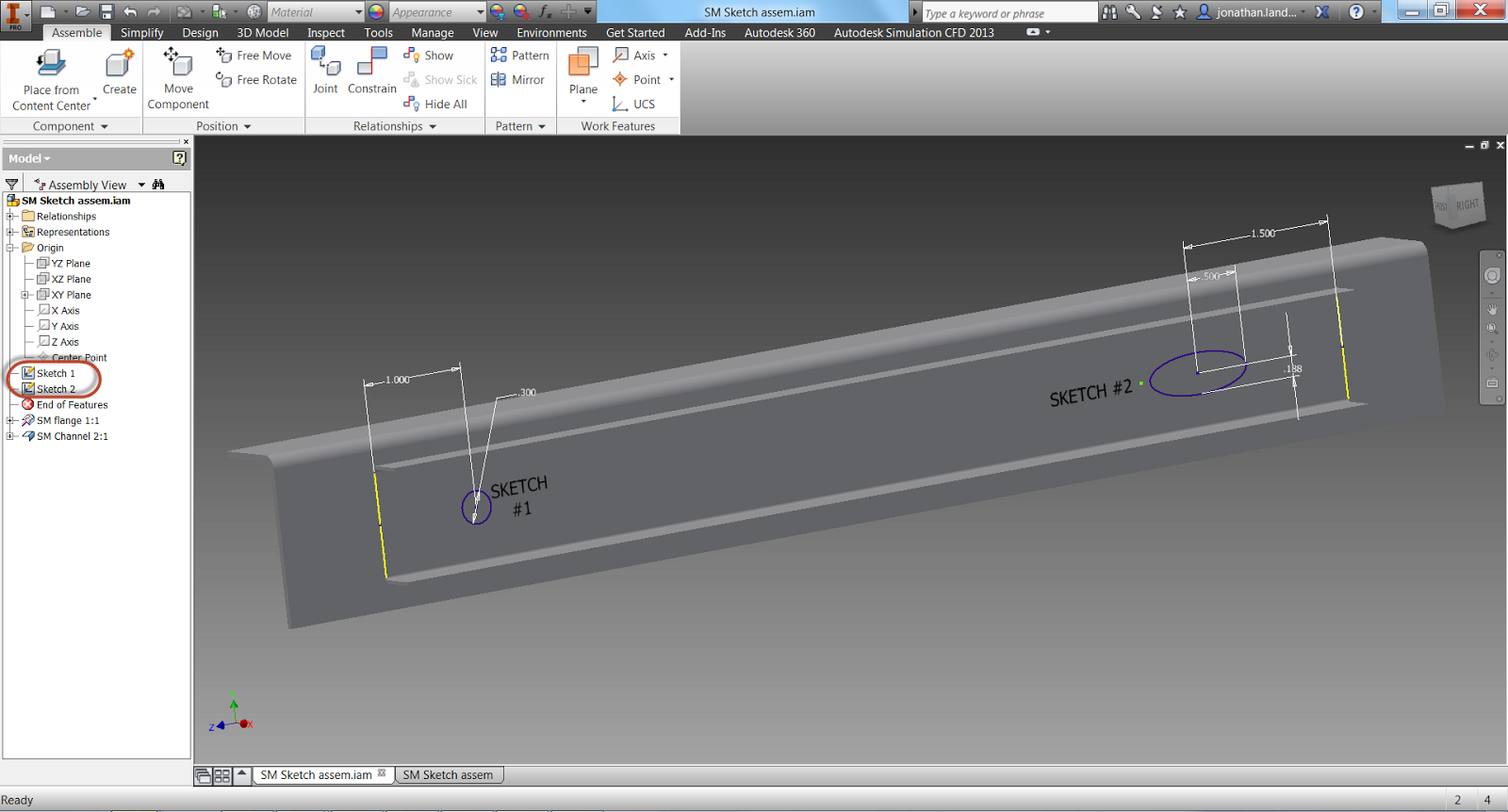Tony Stewart
A little while ago I ran into an issue with my installation of Autodesk Inventor 2014 that, while not a showstopper, was a little annoying.
Every time I started a new component. My Vault ribbon would disappear. That's right, just like Nightcrawler from X-Men, it would Bamf! out of existence.
 |
| Image courtesy of Wikipedia |
I wasn't doing much work in Inventor 2014 at the time, so I would just unload and reload the addin to temporarily fix the issue.
Finally, I got off my lazy duff and searched for a real solution.
And out on the Autodesk Discussion Group. I found it!
I went a head and moved on. It quickly began collecting dust in the mental archives.
But low and behold, a comment on a previous blog brought this back into the light. So I decided to share it before it slipped into the archives yet again.
It turns out the solution is pretty simple. The issue is caused by two instances of the EDM Addin running,
Here's the fix:
1) In Inventor, go to Tools> Addins
 |
| Finding the Addin |
2) The EDM Addin is a hidden addin. To display it, right click in the Available Addins window and choose Show Hidden Members.
 |
| Show hidden member |
3) Now check to see if there are two EDM Addins. Left clicking on the Available Addins will sort them and make it easier to find them.
 |
| Checking to see if there are two addins |
4) Now that the two addins are located, find the one with the location mscoree.dll. Then uncheck "Load Automatically".
5) Close the dialog box by clicking "OK", and all is done. The next time Inventor opens, the Vault tab should appear just fine!
 |
| All is good! |
Acknowledgements
While I would love to say that I found this solution on my own, and "stake my intellectual flag" on it. I did not. I found it off the Autodesk Discussion Group at the link HERE.
Thanks to the users who shared what they have found, their assistance is far reaching indeed!










































